10 Interesting Facts About The Gulf of Suez
Gulfs are part of a water body, usually seas or oceans, that extend into the landmass. They are formed due to tectonic plate movements, which give them a unique shape, size and depth, making every gulf geographically and topographically different. One such famous gulf is the Gulf of Suez, a vital maritime zone offering entry into the Suez Canal.
The Gulf of Suez lies at the northern end of the Red Sea to the western side of the Sinai Peninsula. The Gulf of Aqaba, a relatively smaller formation, lies to the east of the Sinai Peninsula.
It is also called the northwestern extension of the Red Sea, positioned between Africa and Egypt’s Sinai Peninsula. Read along to discover 10 interesting facts about the Gulf of Suez.
1. Gulf of Suez connects with the Mediterranean Sea through the Suez Canal
The Suez Canal in Egypt connects the Mediterranean Sea with the Red Sea.
The Gulf of Suez is enclosed by the southern entrance of the Suez Canal at its northern end. Hence, the Suez Canal links the Gulf of Suez with the Mediterranean Sea.
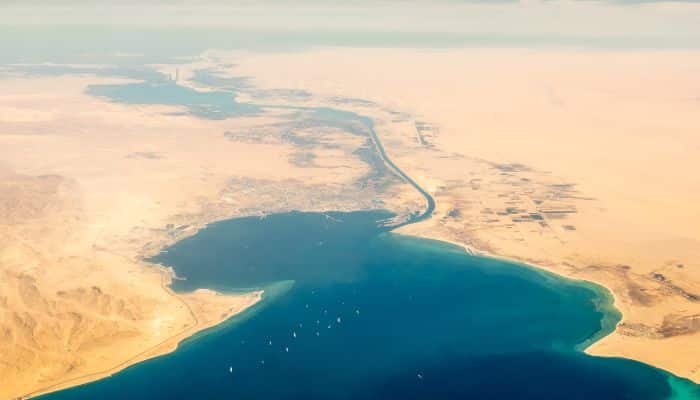
The Suez Canal starts at the Gulf’s northern end, near the Suez city and stretches northward via the Isthmus of Suez, going all the way to the Mediterranean Sea at Port Said.
The Gulf of Suez and the Suez Canal are geopolitically and economically important. The latter offers a direct shipping route between Europe and Asia, reducing transportation costs and transit times.
2. Provides entry into the Suez Canal, a vital global maritime waterway
The Suez Canal has great strategic importance since it shortens ship journeys. Earlier ships had to undertake a long and dangerous journey around the southern tip of Africa, also called the Cape of Good Hope.
After the completion of the Suez Canal in 1869, vessels travelling between Europe and Asia had a short and direct route provided by this man-made engineering marvel with a length of 163 km, making it one of the longest canals.
Suez Canal’s width varies between 200-300 m, and its waters are 20 m deep. It is traversed by all types of ships, be it container carriers, oil tankers, bulkers, or other commercial or naval vessels.
Constructed during the 19th century, this canal was the brainchild of a French diplomat and engineer named Ferdinand de Lesseps. Its construction started in 1859 and ended in 1869, a milestone in the history of the global maritime industry.
3. Formed 26 million years ago within the Gulf of Suez Rift Basin
The main geological process that formed the Gulf of Suez was plate tectonics. The region around the gulf was a part of the African Plate.
Near the African Plates were the Arabian Plate and the Eurasian Plate. Millions of years ago, the African Plate and the Arabian Plate began to pull apart, a process called rifting.
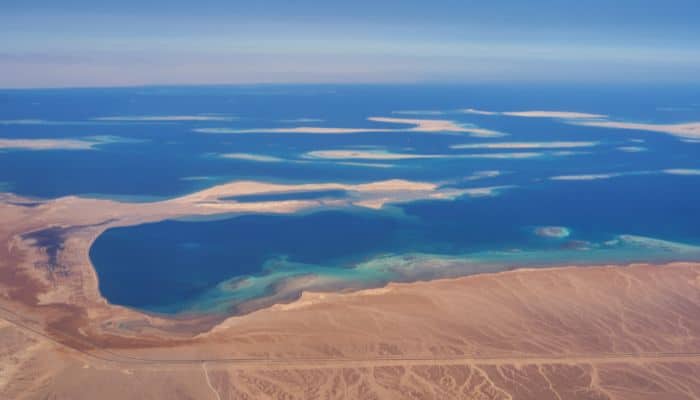
As the rift widened with time, it led to the expansion or the spreading of the sea floor. Magma welled up along this rift and formed a new oceanic crust, ultimately forming the Red Sea.
The Gulf of Suez is an extension of the Red Sea and gradually took shape due to rifting and seafloor spreading. The land on both sides of the gulf slowly moved away from each other, shaping the gulf.
With time, sediments from land and water accumulated in the Gulf of Suez, defining its topography and creating conditions for the sustenance of aquatic life.
4. The Gulf of Suez is 314 km long and 32 km wide
The Gulf of Suez is 314 km long measured from its mouth at the Strait of Jubal to its head at Suez city. It has a varying width, somewhere between 19 to 32 km.
The Gulf of Suez has a central deep basin with a shallow sill close to its northern entrance. This sill is a natural barrier between the Mediterranean and the Red Sea. On the Gulf of Suez’s western part lies a continental shelf. The Gulf also has several underwater channels, deep canyons and reefs.
5. Home to stunning coral reef formations
Although the Gulf of Suez is not known for having extensive coral reefs, as other regions of the Red Sea, it is not devoid of coral reefs either.
Around 335 coral species live in the Red Sea, while only 35 of them are found in the Gulf of Suez.
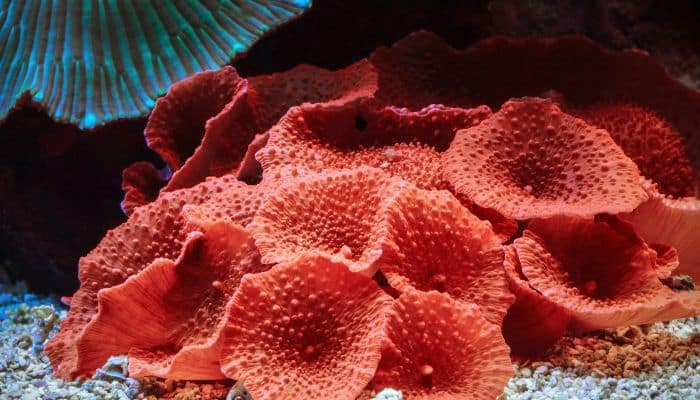
The Gulf Of Suez has discontinuous fringing reefs on the western side, while small broken-up fringing reefs and patch reefs can be found on the eastern side.
The Zaki Reef is a shallow fringing Reef in the Gulf of Suez, 55 km south of the Suez Canal off Egypt’s coast. Located near a desert with one of the highest evaporation rates, accompanied by minimal rainfall, extreme temperature and no freshwater input, it withstands all these stress factors and continues to exist.
Apart from natural factors, the reef faces pressures due to pollution resulting from coastal development, fishing and shipping.
Fishermen cross the reef regularly to anchor on the beach behind it, which has caused considerable damage to the corals. Additionally, a shipping port is located 5 km to the north, and tankers undertake unloading operations just 2 km from the reef, increasing the risk of oil spills.
A highway runs parallel to the Zaki reef, and sewage runoff threatens this reef system. Zaki Reef was once healthy. However, an oil spill and a bleaching incident in 2005, along with coral disease, led to a decline in the reef’s health, and almost 50% of corals died, and so did fish dependent on the reef.
6. The Gulf of Suez has many ports and harbours
Ain Sokhna or Ain Sukhna lies on the western shores of the Gulf of Suez, around 50 km South of Suez. It is a rapidly growing port city and one of the major commercial ports of Egypt.
The port mainly handles crude oil on its 4 SBMs. About 350 ships and 80,000,000 tonnes of crude oil are handled at the port annually.
Another port is Suez, at the southern part of the Suez Canal. It has a sheltered anchorage area and consists of Port Ibrahim, having berths for general cargo and passenger ships.
The New Harbour has facilities to accommodate tankers and livestock carriers, while Port Tewfik deals with passenger vessels in transit.
Adabiya port town, situated on the western shore of the Gulf of Suez, handles bulk goods, including grain, foodstuff, urea, rice, cement, sugar, wheat, palm oil, cattle and scrap. Around 10 million tonnes of cargo and 754 ships are handled here annually on the port’s 10 berths.
Ras Gharib is a medium-sized port on the western part of the Gulf of Suez, known for oil and natural gas activities.
7. Gemsa Oil and Gas Field was the first oil field found in the Gulf of Suez
The Gulf of Suez region is rich in oil and gas reserves. After discovering the first oil and gas field named Gemsa in 1869, many others were identified at several locations in the Gulf.
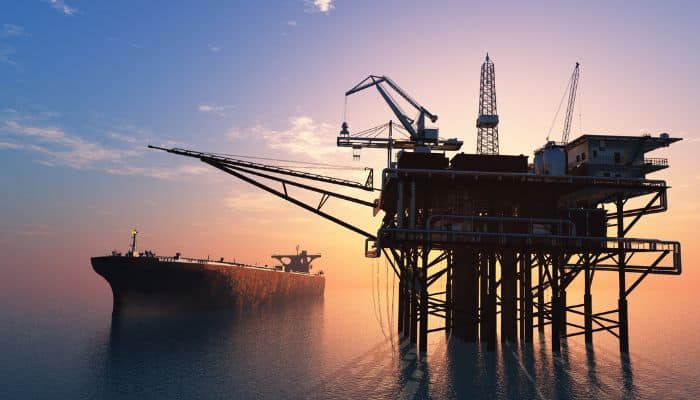
These include the Hurghada Oil field, the Belayim oil field, the El Morgan oil field, and the October field. Hence, the Gulf of Suez is an important waterway for the transportation of petroleum oil and other products originating from these oil fields.
The Hurghada Oil field produced oil in 1913, and by 1998, more than 1900 wells had been drilled, and 120 more fields were found in the Gulf of Suez and its nearby region.
8. Has beautiful coastal areas, beach resorts and heritage sites
Tourism in the Gulf of Suez is growing steadily, although the place is not as famous as Cairo, Luxor or other prominent tourist cities in the region.
Still, there are many things to do here.
The Gulf of Suez has many beaches and resorts along its crystal-clear waters, particularly in places like Ain Sokha, allowing visitors to relax, rejuvenate and sunbathe in the serene surroundings.
The adventurous lot can never miss diving and snorkelling here, as the underwater world here is brimming with corals and colourful creatures.
The region has a rich and complex history worth exploring. Ain Sokhna archaeological site and the Suez Canal Museum are quite famous. There are many pilgrimage and religious sites, like monasteries and churches.
One can also embark on exciting desert safaris and dune bashing and experience how life is in a desert. Some cruises also stop in the Gulf of Suez, allowing visitors to explore the coastal areas.
9. The Gulf of Suez has several shipwreck sites
The Gulf of Suez has always been a busy shipping route, which is why it is home to several shipwrecks.
SS Carnatic was a British steamship that ran aground on Sha`b Abu Nuhas coral reef at the mouth of the Gulf of Suez on September 12, 1869. Ultimately, the ship broke apart and sank, taking 31 people with it.
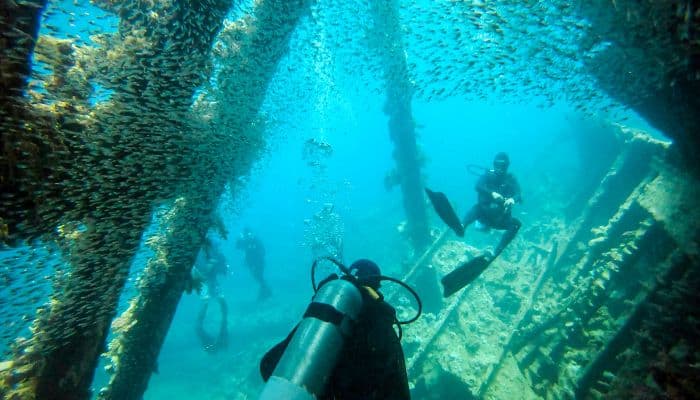
Only a few passengers and crew survived while the ship’s cargo, containing many valuables, became the subject of several salvage operations.
British Cargo Steamship SS Thistlegorm sank in the Red Sea during World War II. It happened in 1941 when the ship was carrying cargo comprising military supplies, like armoured vehicles, ammunition, and aircraft parts, when it was sunk by a German bomber Aircraft.
In the 1950s, Jacques Cousteau, a French naval officer, filmmaker, oceanographer and author, discovered her with the help of local fishermen. Today, the wreck of this ship lies near Ras Muhammad and has become a famous diving spot in the area.
10. Important fishing area with a diverse marine environment
Four fishing areas lie along the Gulf of Suez, six along the coast of the Red Sea and three along the Gulf of Aqaba. The region also has fishing ports.
In 2001, the fishing fleet comprised 78 trawlers and 83 purse seiners in the Suez Gulf. Approximately 711 boats used longlines and hooks along the fishing grounds, while 128 trawlers worked outside the Egyptian territorial water.
Per reports, the Gulf of Suez catch is 44% of the total landing of Egypt’s Red Sea fisheries, while the contribution of the Red Sea proper is 34% and 21% from outside the territorial waters of Egypt.
Pelagic stock includes round herring, Indian and horse mackerel and sardines. Shrimp, golden and striped snapper, and red mullet are also found.
You might also like to read-
- 10 Major Straits Of Asia
- 10 Best Great Lakes Ship Tracker Tools
- 10 Gulf of Martaban Facts You Might Not Know
- 12 Gulf Of Mannar Facts You Might Not Know
- 10 Celtic Sea Facts You Should Know
- 9 Interesting West Philippine Sea Facts You Must Know
- 13 Gulf Of Riga Facts You Must Know
Disclaimer :
The information contained in this website is for general information purposes only. While we endeavour to keep the information up to date and correct, we make no representations or warranties of any kind, express or implied, about the completeness, accuracy, reliability, suitability or availability with respect to the website or the information, products, services, or related graphics contained on the website for any purpose. Any reliance you place on such information is therefore strictly at your own risk.
In no event will we be liable for any loss or damage including without limitation, indirect or consequential loss or damage, or any loss or damage whatsoever arising from loss of data or profits arising out of, or in connection with, the use of this website.
Do you have info to share with us ? Suggest a correction
Disclaimer :
The information contained in this website is for general information purposes only. While we endeavour to keep the information up to date and correct, we make no representations or warranties of any kind, express or implied, about the completeness, accuracy, reliability, suitability or availability with respect to the website or the information, products, services, or related graphics contained on the website for any purpose. Any reliance you place on such information is therefore strictly at your own risk.
In no event will we be liable for any loss or damage including without limitation, indirect or consequential loss or damage, or any loss or damage whatsoever arising from loss of data or profits arising out of, or in connection with, the use of this website.

About Author
Zahra is an alumna of Miranda House, University of Delhi. She is an avid writer, possessing immaculate research and editing skills. Author of several academic papers, she has also worked as a freelance writer, producing many technical, creative and marketing pieces. A true aesthete at heart, she loves books a little more than anything else.
Latest Maritime Knowledge Articles You Would Like:
Subscribe To Our Newsletters
By subscribing, you agree to our Privacy Policy and may receive occasional deal communications; you can unsubscribe anytime.















